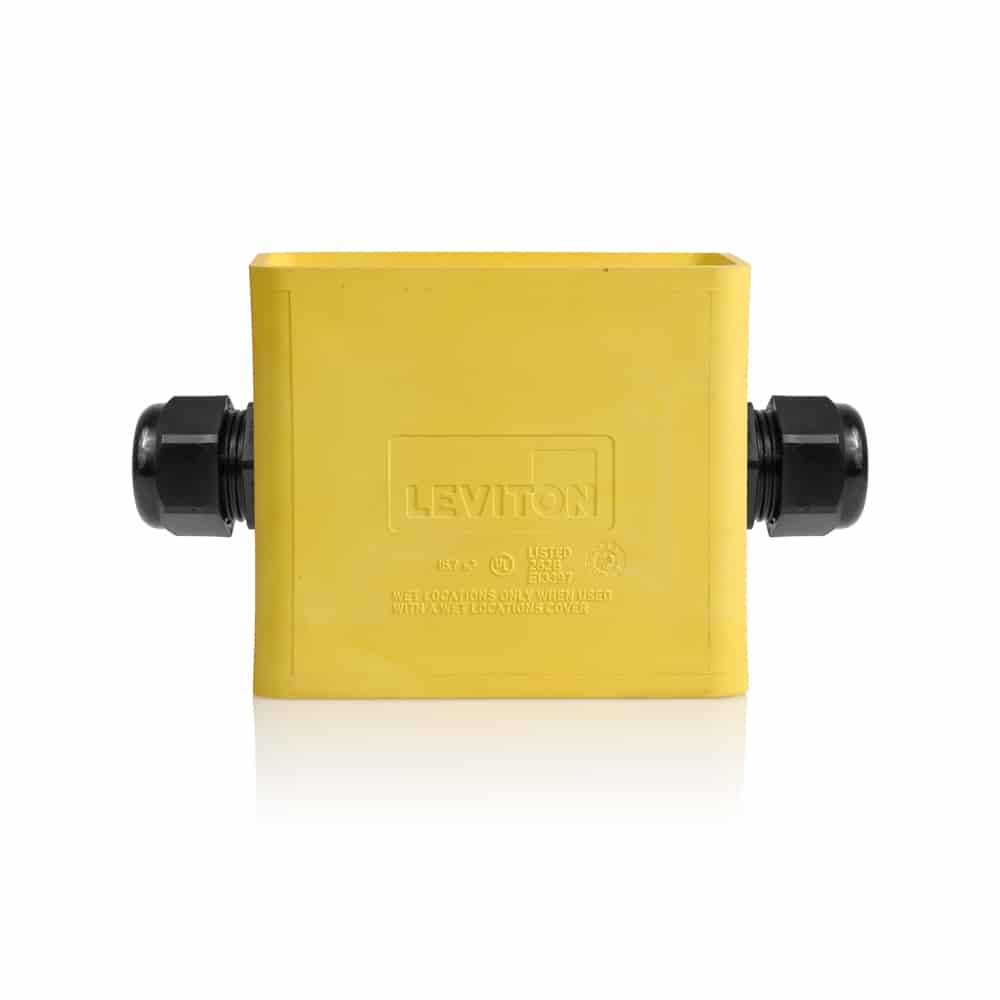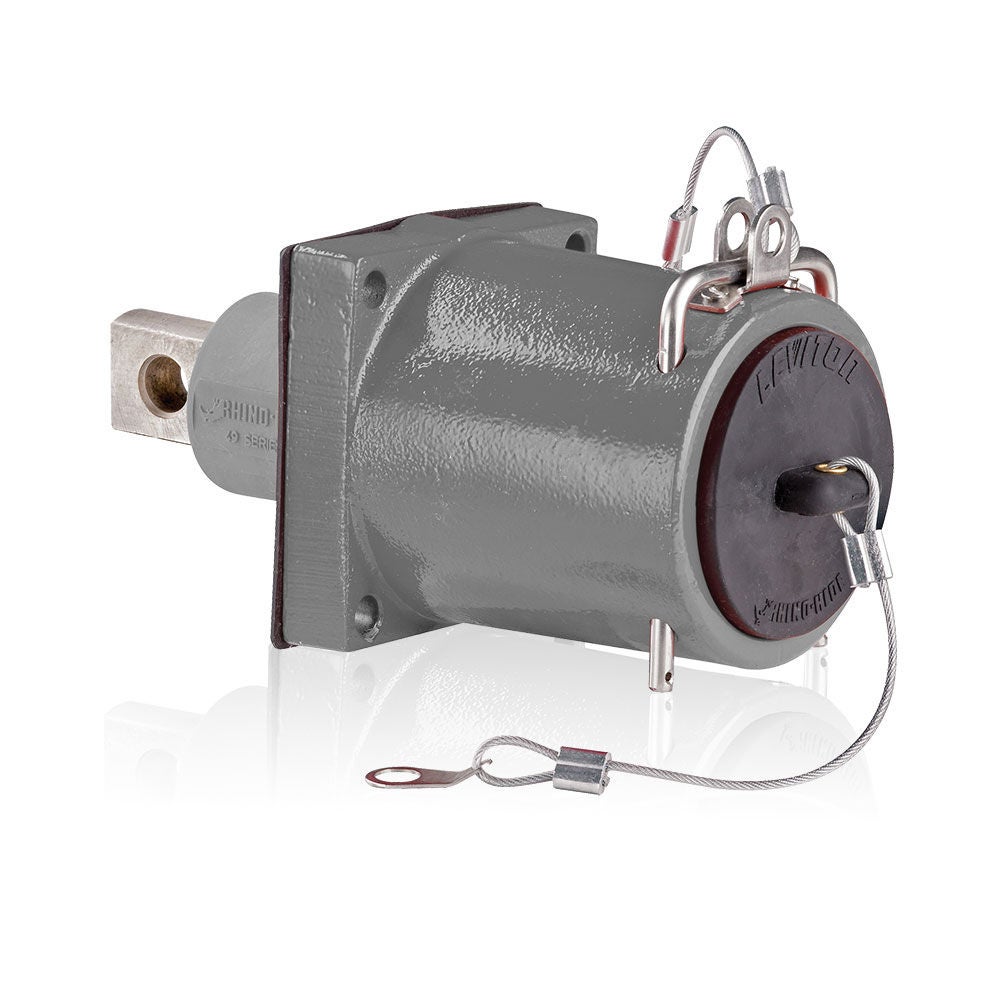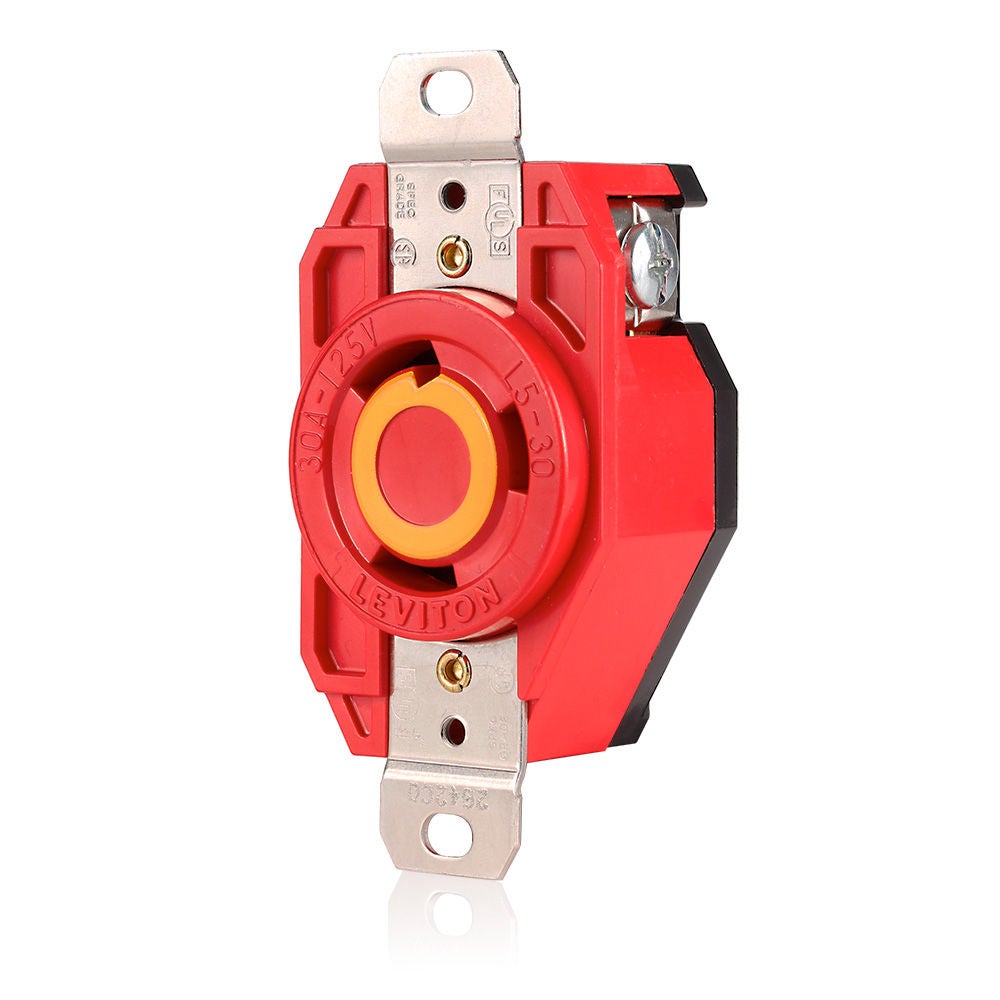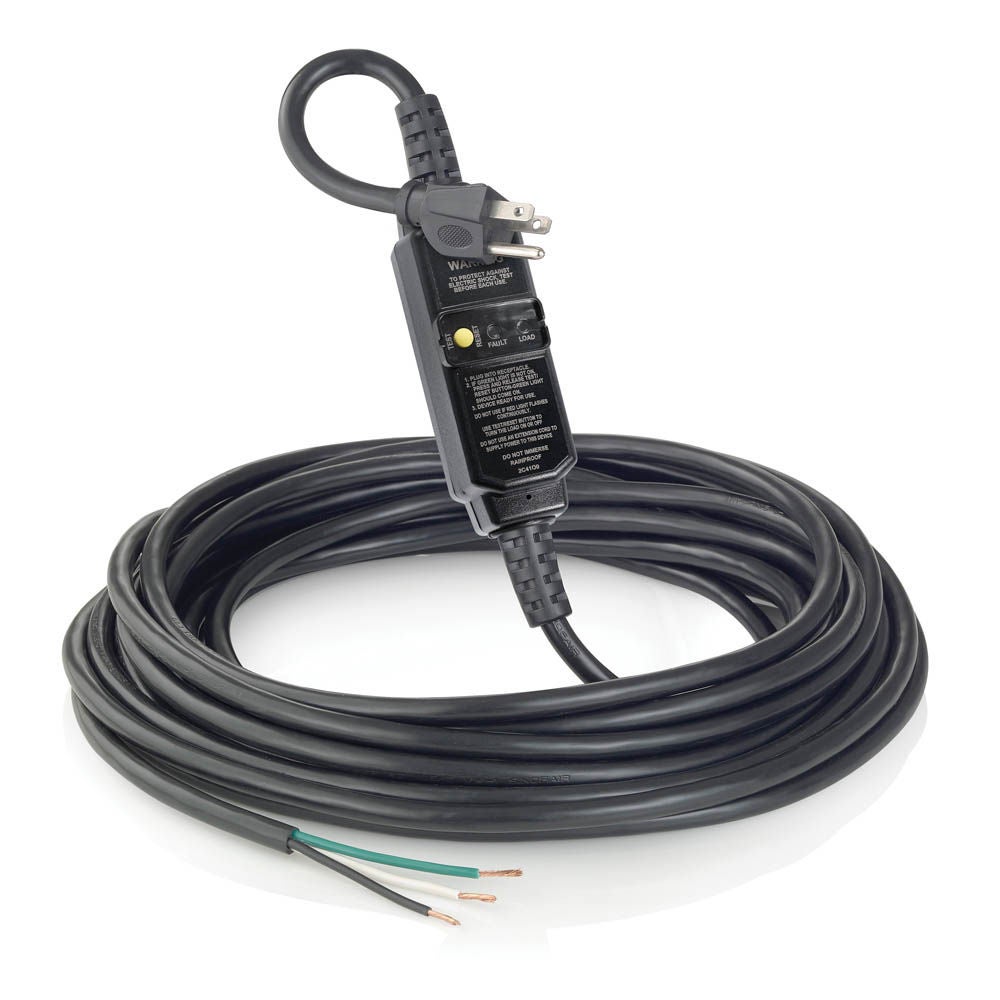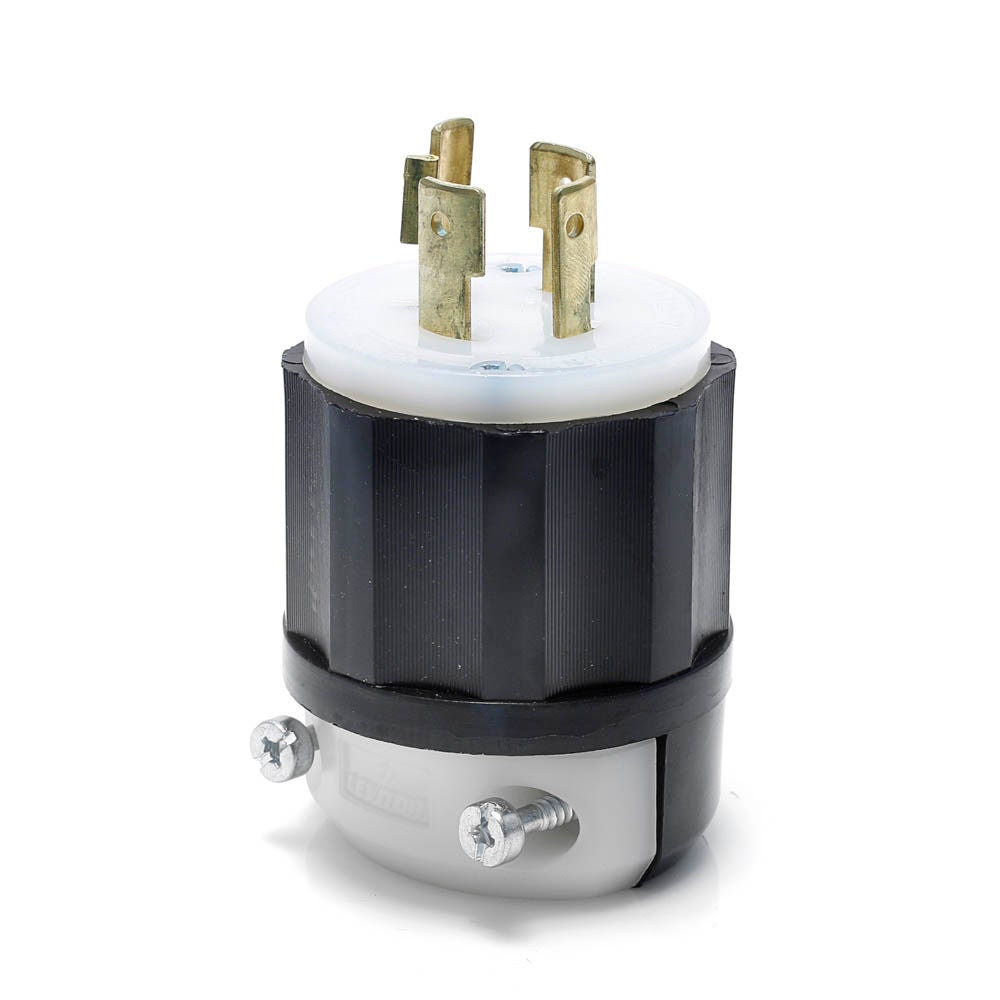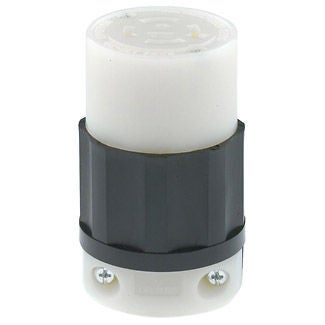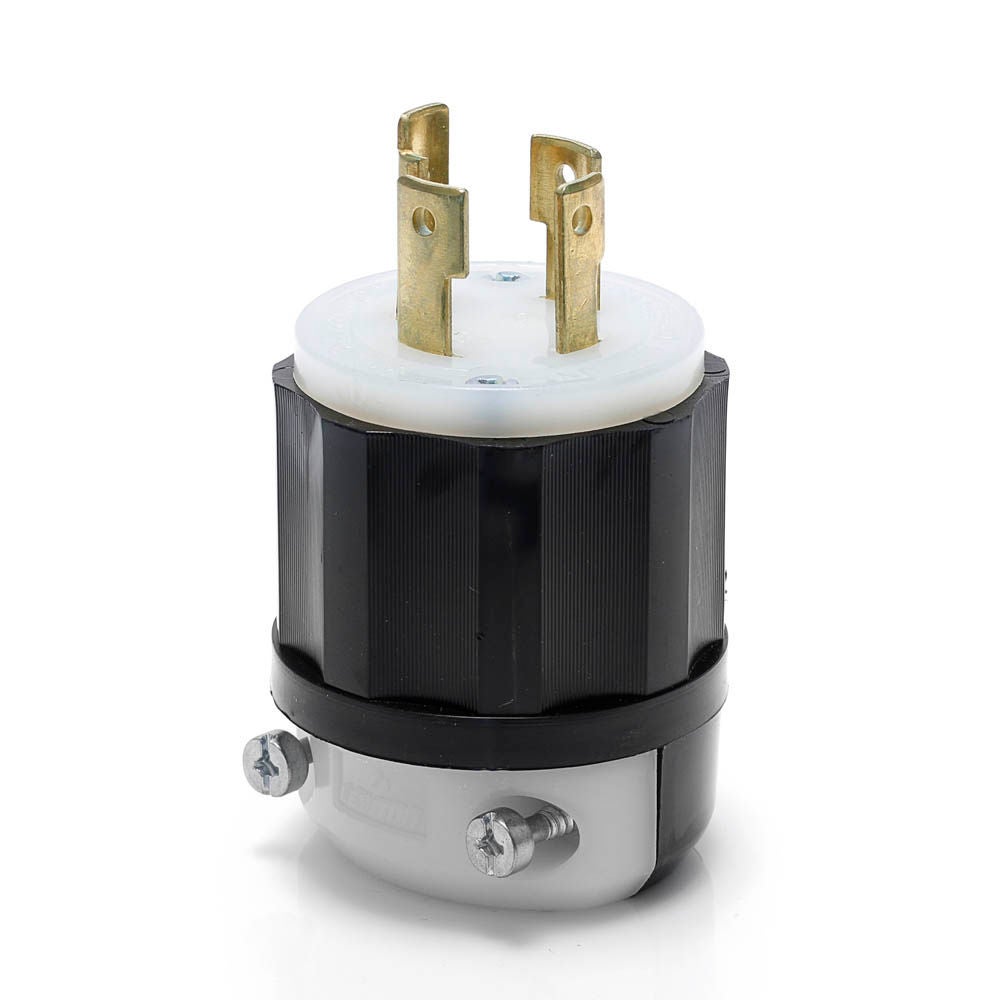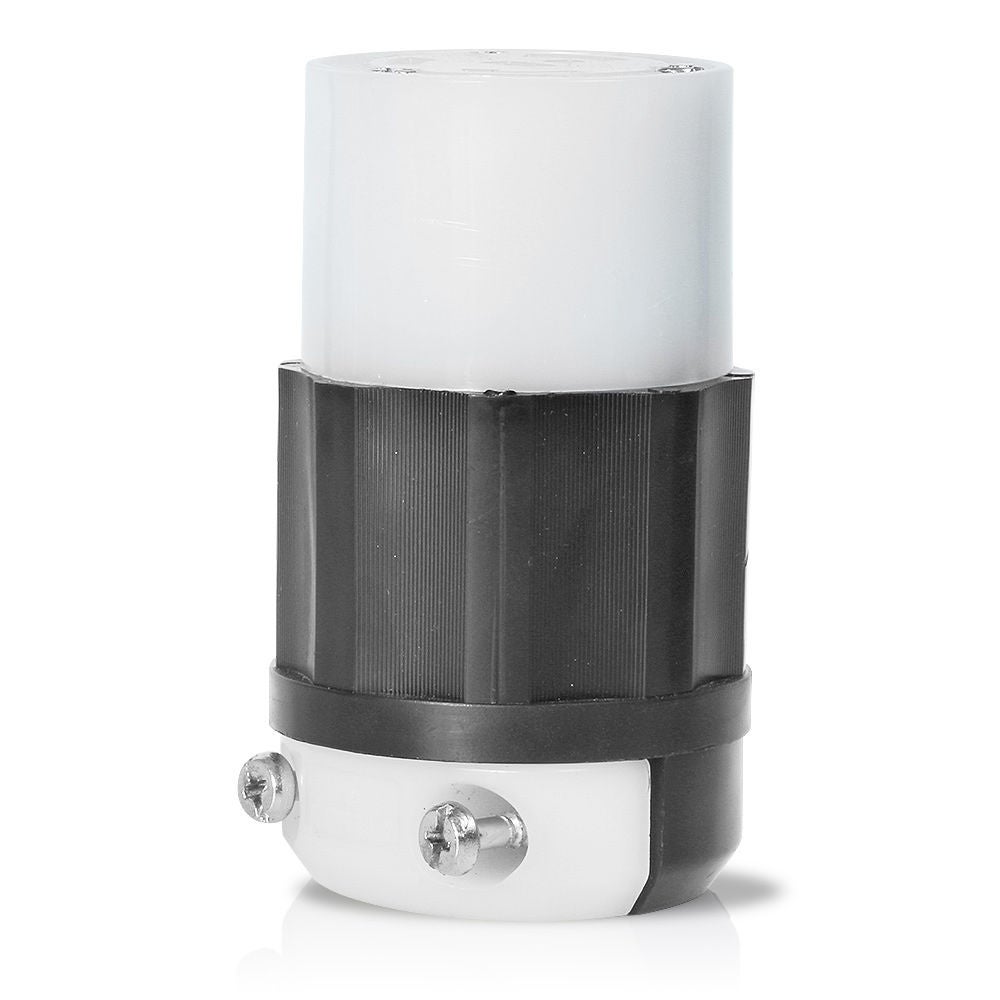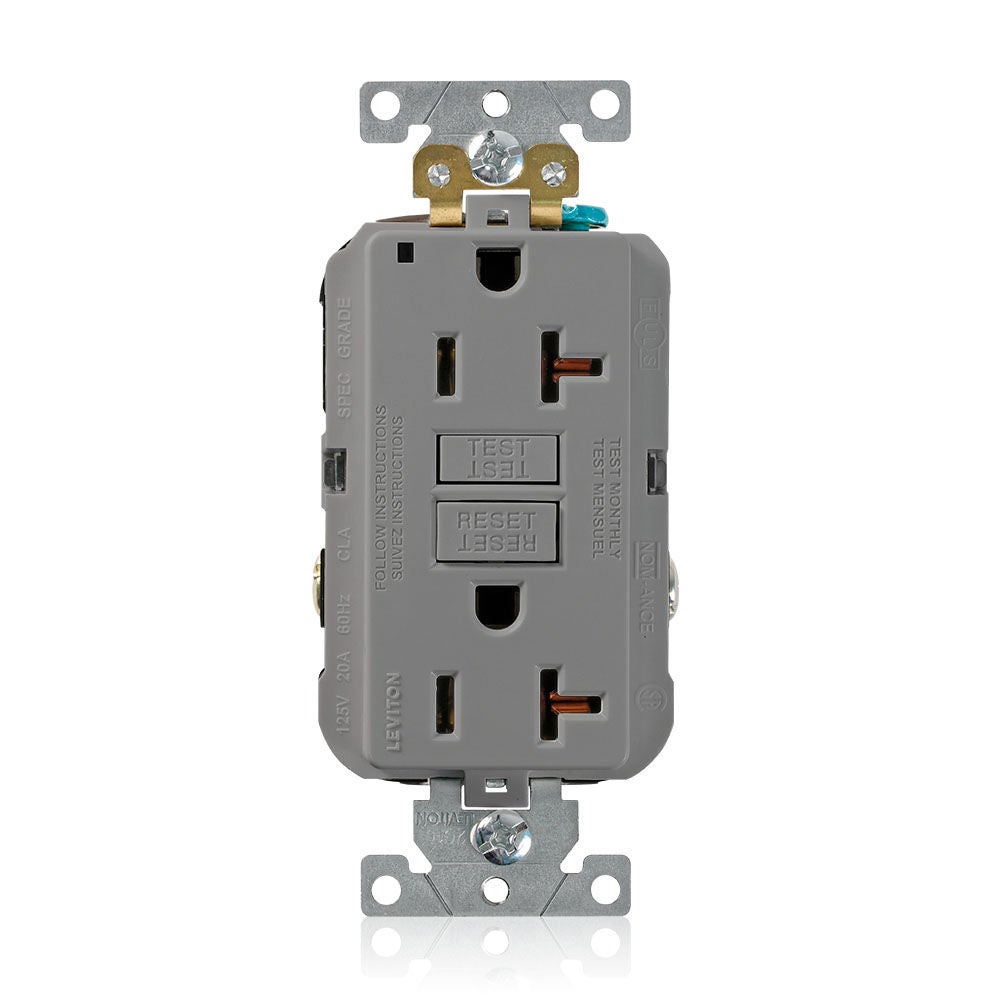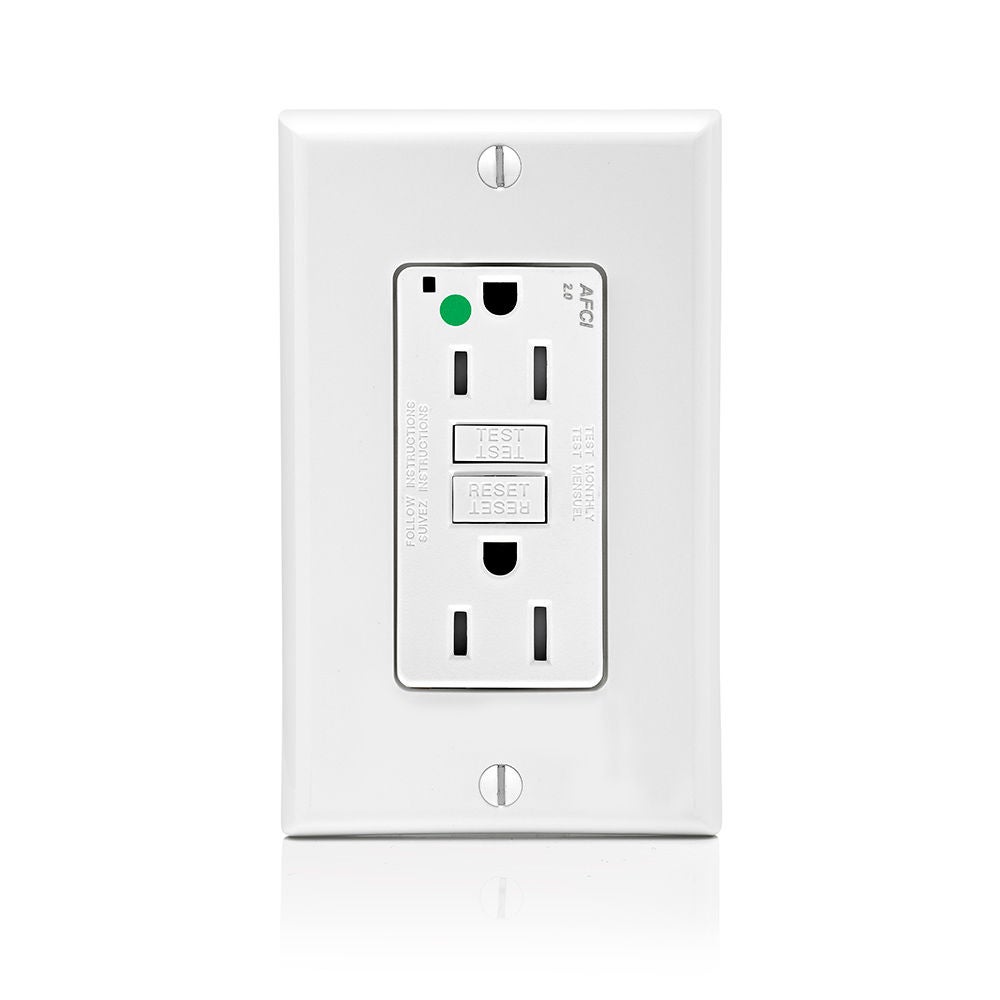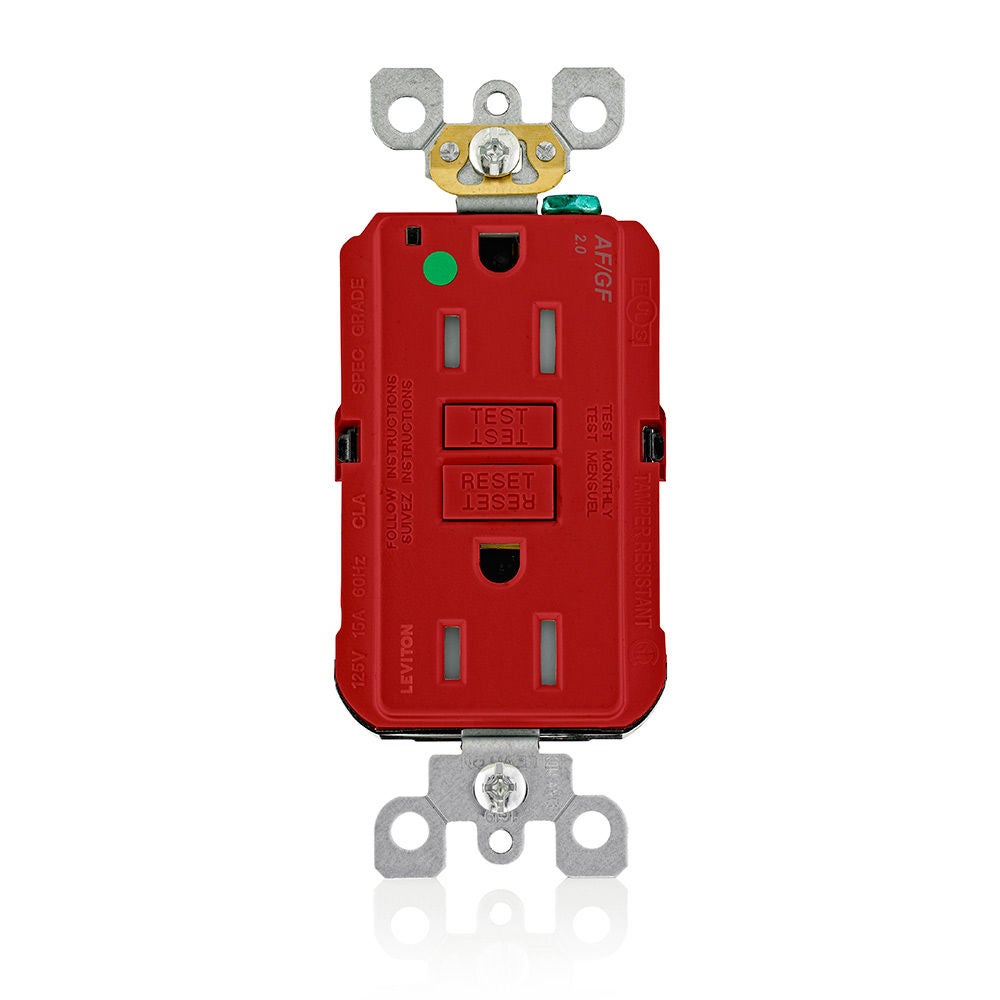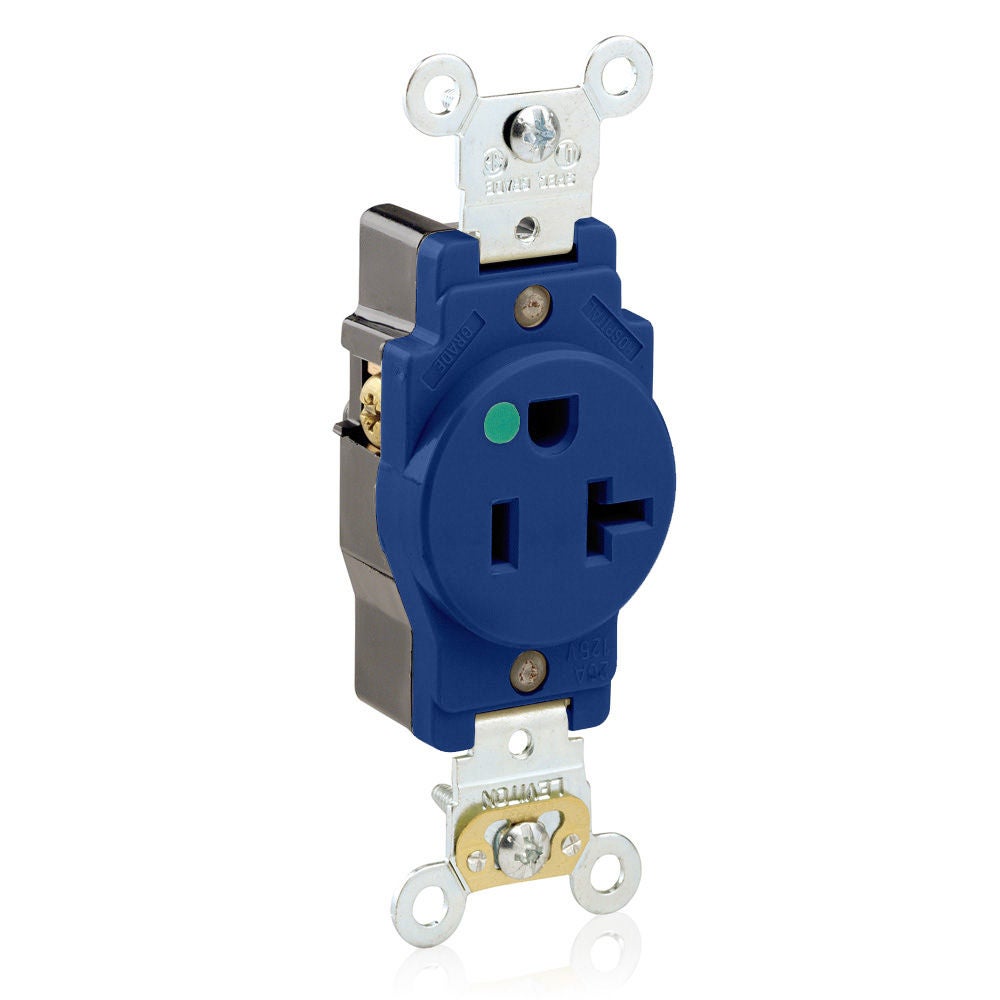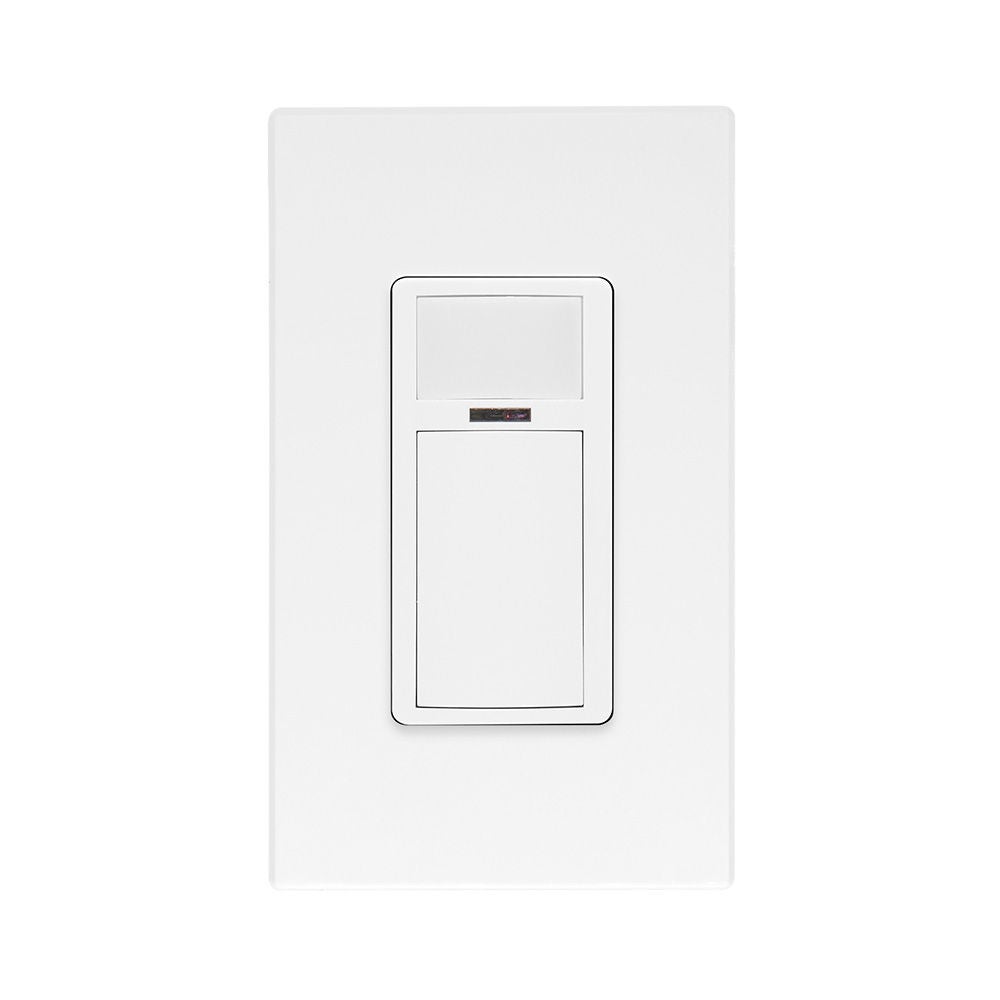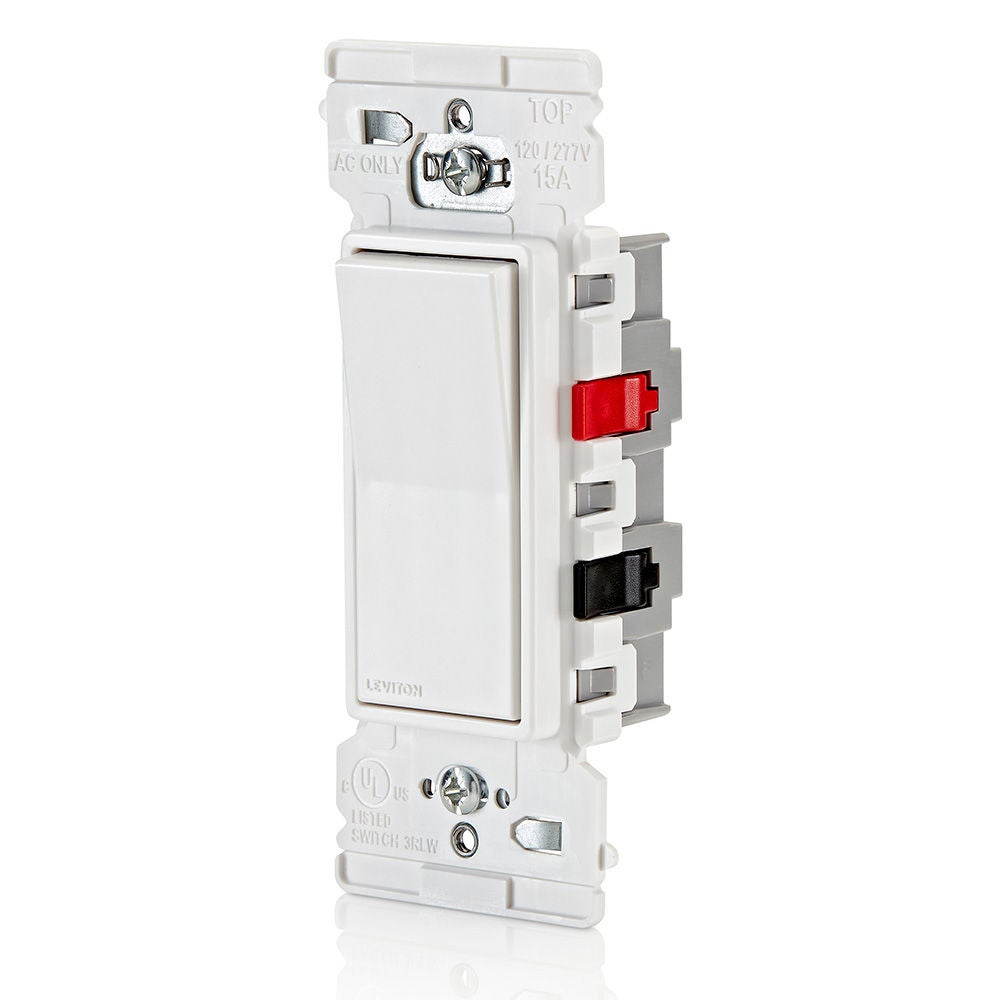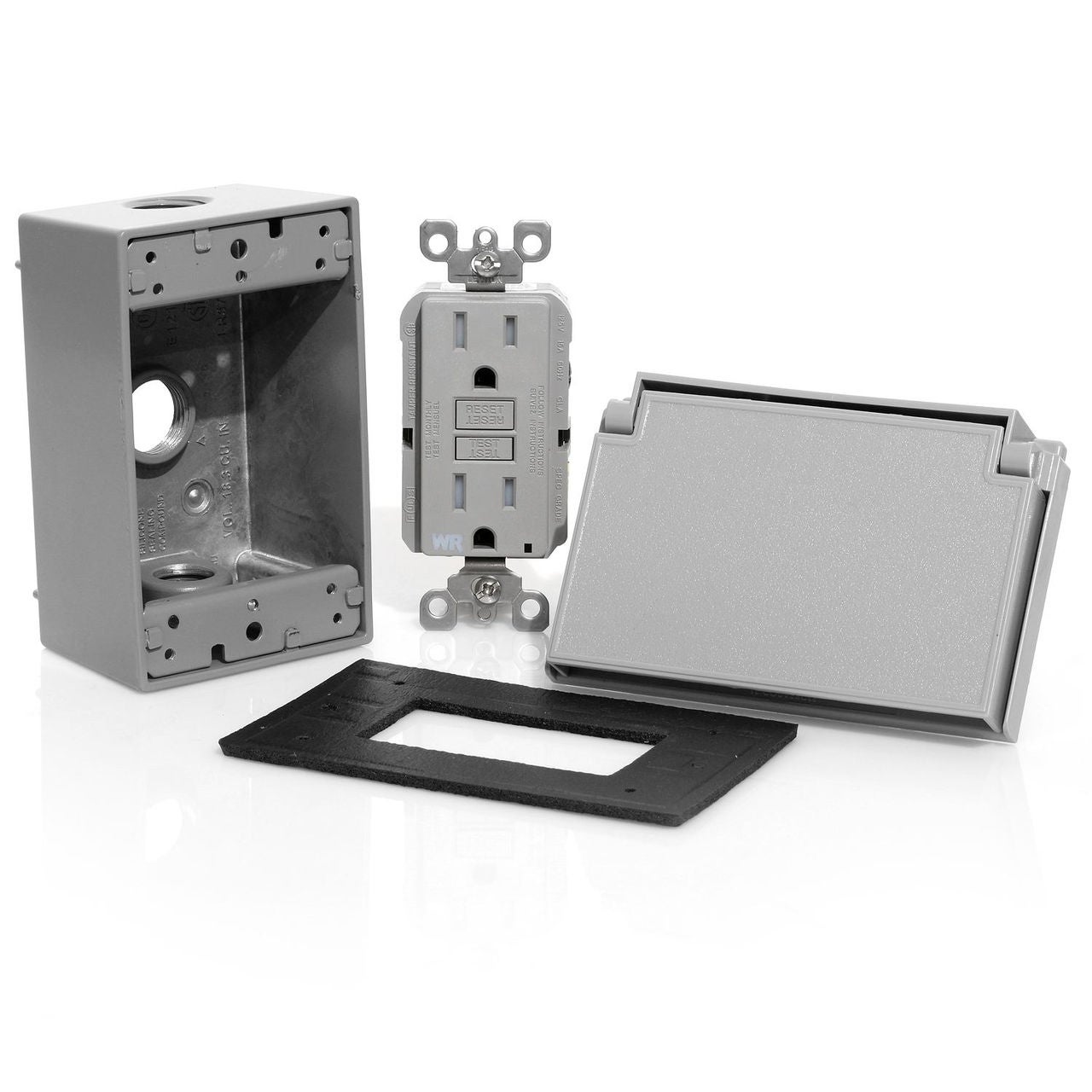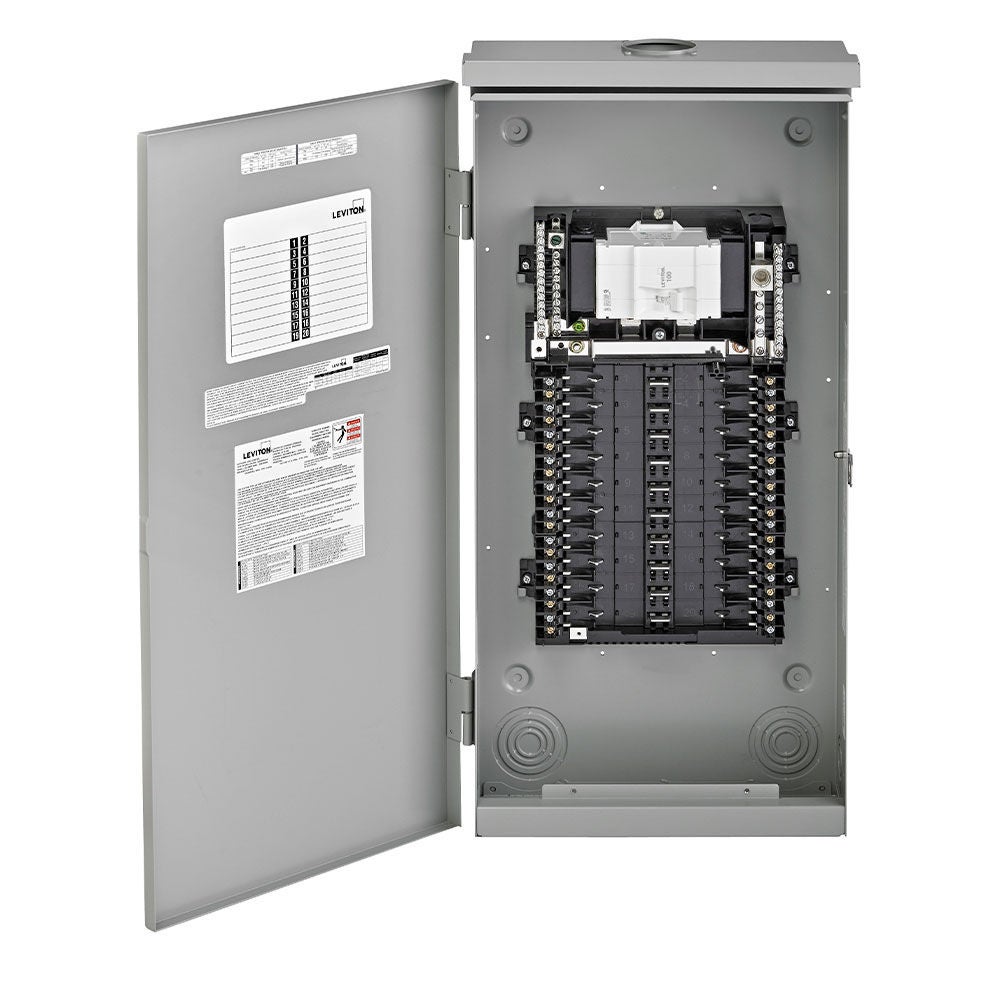Storm season runs from June through November and natural disasters can occur at any time, but there's no better time than the present to ready yourself for the unexpected. Learn more about what you can do to plan ahead and how we can help with preparation and rebuild.
Before the Storm
Stocking up on specific electrical devices commonly used with generators and other emergency equipment makes sense. Trying to obtain these materials during or immediately after the storm can be difficult. You and your customers need solutions right away. To help you determine which electrical apparatus is typically needed, we have developed the resources below and checklists at the bottom of this page.
During the Storm
During a storm, maintaining communication, understanding the scale and scope of the situation, and implementing an effective response strategy are essential to ensuring the safety of individuals and protecting electrical equipment.
Scale & Scope:
Assess Electrical Risks: Identify critical electrical equipment and vulnerable areas within your property or facility. Determine the potential impact of the storm on electrical systems.
Evaluate Backup Power Options: Ensure backup power sources, such as generators or uninterruptible power supply systems, are in proper working condition and have sufficient fuel or battery backup to support essential electrical equipment during power outages.
Monitor Power Grid Updates: Stay informed about power grid status from utility companies. Understand the expected duration of power outages to plan for contingencies.
Response Strategy:
Shut Down Non-Essential Equipment: Prioritize essential electrical equipment and shut down non-essential devices during the storm. This can help reduce the risk of damage from power fluctuations or electrical surges.
Protect Electrical Panels and Switches: Ensure electrical panels and switches are well-protected against potential water intrusion. Consider using waterproof covers to safeguard these critical components.
Avoid Electrical Repairs During the Storm: Refrain from attempting electrical repairs during the storm, especially in wet conditions. Wait until the weather improves and it is safe to do so.
Stay Clear of Downed Power Lines: If you encounter downed power lines, stay far away and report them to your local utility company immediately. Never attempt to handle or move fallen power lines.
Monitor Electrical Systems: Continuously monitor electrical systems for any signs of damage or malfunctions during and after the storm. If issues are identified, contact a qualified electrician for inspections and repairs.
After the Storm
Once the sky clears it time to regroup and rebuild. Based on past experience we have identified the most commonly used electrical products needed for rebuilding and reconstruction. This webpage provides guidance to prepare you for dealing with the aftermath of damaging storms.
Contractors Guide for Evaluating Water-Damage in Electrical Equipment
Leviton takes pride in empowering contractors with the tools neccessary for safe and resilient restorations. Your dedication to safety and quality is crucial during emergency situations. Adhering to NEMA guidelines and the steps outlined below will enable you to make well-informed decisions when evaluating water-damaged electrical equipment. Remember that the safety of you, your team, and building occupants is key, and qualified professionals should conduct all evaluation and restoration work.
Available Resources
How can we help you?
Speak to one of our Emergency Preparedness experts.

